Shotaro Ishinomori (石ノ森 章太郎, Ishinomori Shōtarō) (born Shotaro Onodera (小野寺 章太郎, Onodera Shōtarō)) was a Japanese
manga artistwho served as an influential figure in
manga,
anime, and
tokusatsu, creating several immensely popular long-running series such as
Cyborg 009and
Himitsu Sentai Gorenger, what would go on to become part of the
Super Sentaiseries, and the Kamen Rider Series. He was awarded the
Shogakukan Manga Awardtwice, once in 1968 for
Sabu to Ichi Torimono Hikaeand the second in 1988 for Hotel and Manga Nihon Keizai Nyumon.
Biography
Shotaro Onodera grew up in the town of Ishinomori in Tome, Miyagi Prefecture, where his interests in manga surfaced in middle school. After starting his own group known as Bokuju Itteki (墨汁一滴, lit. a drop of ink), named after the book by Shiki Nasaoka, he entered and won several manga competitions, where he would catch the attention of Osamu Tezuka and become his assistant.
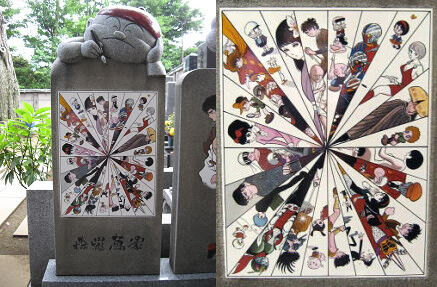
In 1963, Ishinomori created Cyborg 009, which became the first super-powered hero team created in Japan. In 1971, he worked with Toei Company to produce Kamen Rider which led to the birth of the "henshin" (transforming) superhero (human-sized superheroes who transform by doing a pose, and use martial arts to fight henchmen and the weekly monster), and resulted in many sequel shows to this day. Ishinomori then created many superheroes and their dramas, including Kikaider, Henshin Ninja Arashi, Inazuman,
Robotto Keiji,
Himitsu Sentai Gorenger(the first Super Sentai series), Kaiketsu Zubat, Akumaizer 3, Poitrine and countless others. He even created popular children's shows such as
Hoshi no Ko Chobin(Chobin, Child of the Stars, 1974, a co-production with Studio Zero which was a major success on Italian television), and
Ganbare!! Robocon.
Later Life and Death
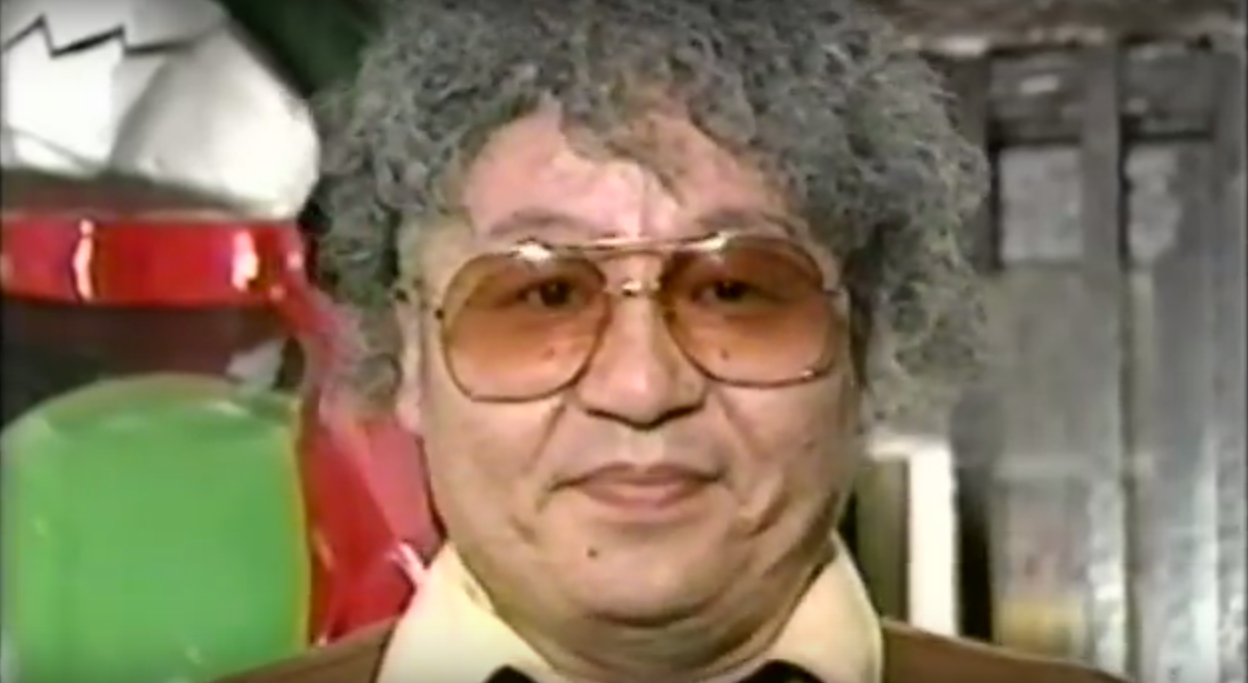
On March 27th 1993, Ishinomori made an appearance on TBS's Fight! Our Kamen Rider!- The Strongest Rider, ZO is Born!, telling the audience to see the film Kamen Rider ZO.
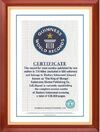
Ishinomori died of heart failure on January 28, 1998. A manga museum named in his honor opened in Ishinomaki, Miyagi in 2001. His work posthumously awarded him the
Guinness World Recordfor most comics published by one author, totaling over 128,000 pages.
Legacy
Although Ishinomori is no longer alive, he is posthumously credited as the original creator for all Kamen Rider series to date, with his name appearing first in all Kamen Rider opening theme sequences to date.
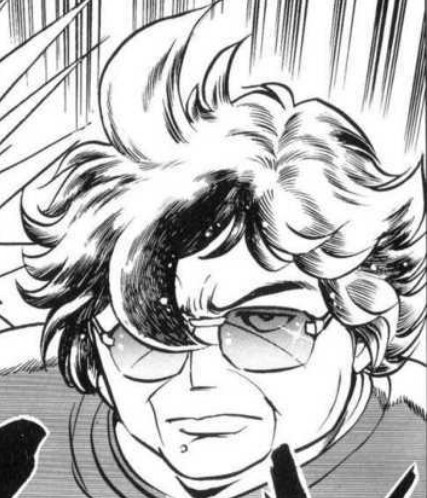
A short story by Kazuhiko Shimamoto featured in the Kamen Rider ZO manga, Shotaro Ishinomori appears as a mentor to the fictitious caricature of Shimamoto, Osamu Tenka, who becomes Ishinomori's assistant and learns the secret to his legendary high speed drawing skills.

Ishinomori was given a Ghost Eyecon in the Kamen Rider Ghost toyline. The Eyecon shows his self-portrait on its Transformation Time setting. If inserted in the Ghost Driver, the belt will announce: "Pen to Kami! Sōzō no Kami!" (ペンと紙!創造の神!, "Pen to Kami! Sōzō no Kami!" Pen and paper! God of creation!), starting with an energized explosion and ending with an epic orchestral rock music piece.

After many years from his death, Shotaro Ishinomori has a role in Kamen Rider W: Playback. In this novel, Shotaro was mistaken for another Shotaro by Philip from the original Kamen Rider W series, and later, transforms into Kamen Rider Double. This novel took place in a world for the people who have no bodies, in other words, a world storing human spirits.
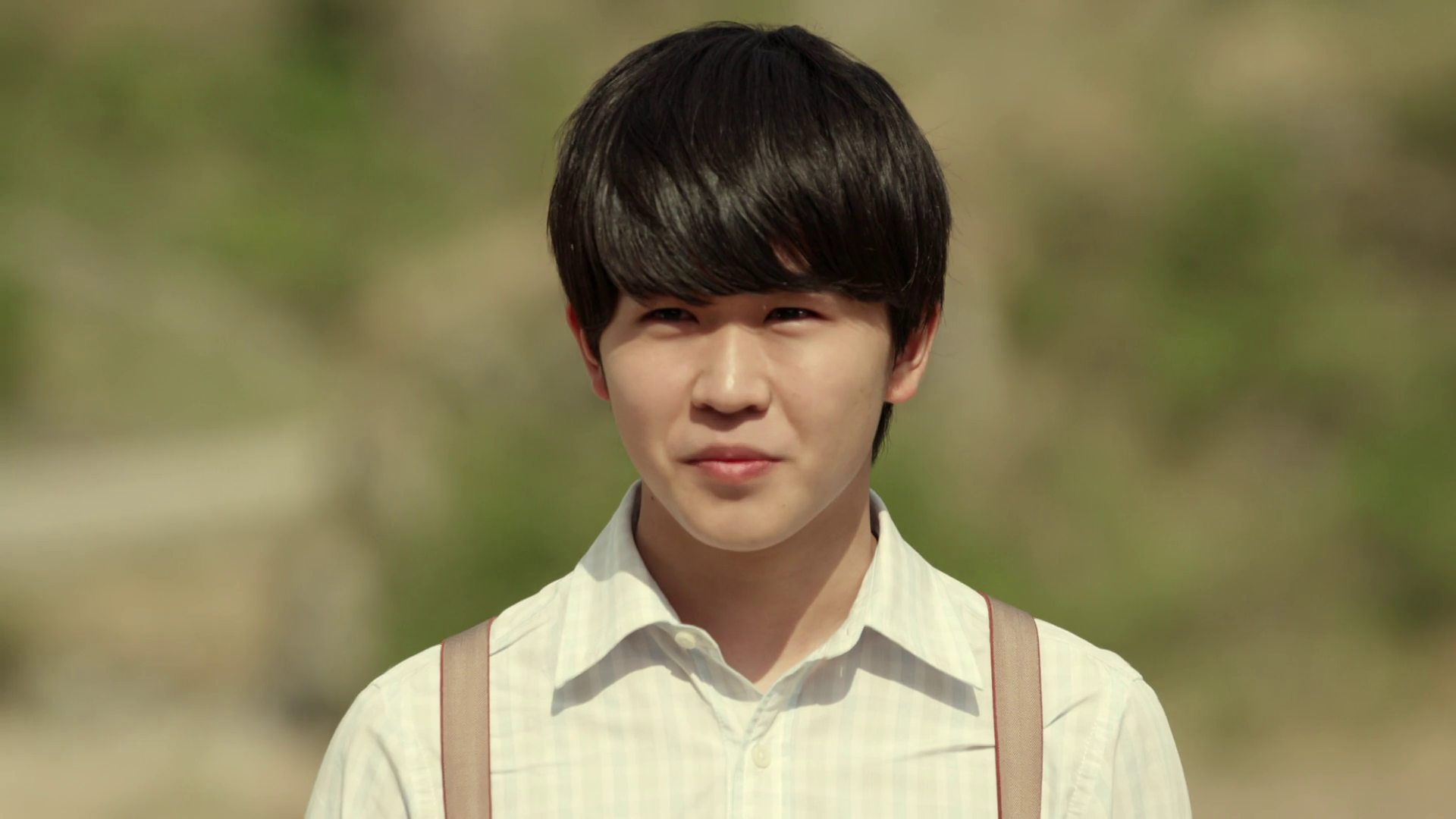
A fictionalized version of Ishinomori appears in
Saber + Zenkaiger: Superhero Senki, portrayed by actor Fuku Suzuki. There have been multiple references to the character beyond having a younger version of the character appear in the film:
- Shotaro's older sister Yoshie Onodera played an important role early into his manga career. This relationship was adapted into Shotaro's relationship with Mei Sudo in the film, the latter reminding Shotaro of his "older sister."
- A biography book based on Ishinomori appears in the film.
- Ishinomori was often in favor of granting tragedy for his heroic characters, which was adapted into part of Asmodeus' plan.
- Asmodeus’s cruel words about superheroes being worthless and denouncing creativity as pointless reflects Ishinomori’s own difficult life with his family outside of his sister Yoshie, who did not support his dreams. His father, Kotarou Onodera infamously would sometimes destroy his son’s drawings, wanting Shotaro to focus solely on studying to get into a good university so he could get a job that made enough money to support himself.
Personal Life
- Ishinomori suffered from eczema during childhood and regularly avoided the possibility of being bullied by children his own age by staying in his home after school, spending time reading and drawing with his sister Yoshie.
- Up until 1984, Ishinomori's pen name was originally written as 石森 章太郎, with his family name named after his birthplace of Ishinomori (though his name was commonly mispronounced as Shotaro Ishimori). The no (ノ, no) katakana was later added to his surname from 1984 onwards.
- Uniquely, the no (ノ, no) kana in his name is usually written in the small kana script, making his full name to be written as 石ノ森 章太郎. However, there is no official small kana equivalent for ノ in the Japanese language, with technological limitations resulting in the kana being displayed at normal size in several digital publications.
- Ishinomori has two sons; elder son Joe Onodera is an actor and writer, while second son Akira Onodera is the current president of Ishimori Productions.
- His grandson Seiru, the son of Joe, portrayed a young Gai Amatsu in Kamen Rider Zero-One.
- Despite growing up during World War II, Ishinomori admitted in an interview that unlike some of his peers in the media and entertainment industry whose traumatic experiences of the horrors of war firsthand shaped their writing style, he never experienced it directly due to his hometown of Ishinomori-Cho being spared from attacks by the Allied Forces. In 1945, he witnessed his neighbors huddling around the radio in sorrow or fear of what the Americans and Allied Forces were up to until Japan surrendered and was ashamed to say he laughed about that out of sight, being in elementary school, he was too young to fully understand what was going on. [1]
- It was only when he became a young adult did he fully grasp the horrors and trauma of his country from that loss and then used that knowledge to guide some of his own writing. (Denouncing the Nazis and their evil actions and anti-war messages)
- Environmentalism also became a concern and influenced his writing as a result of post-war industrialization. 1970s Tokyo was on the fast track to becoming one of the most polluted cities in the world due to industrial waste (sources of water became toxic, smog, rising sickness of citizens from exposure to chemicals and acid rain in some areas). Even after health and safety regulations and cleanup efforts were established in Japan, the rising amount of data on global warming in the early 1990s further increased his interest and concern for the Earth’s health and future. The most significant to feature this topic include several Kamen Riders, such as Rider 1, RX and J being warriors powered by nature in some way fighting threats of a mechanical or industrial nature.
Filmography
As the creator of the Kamen Rider series, Ishinomori had made several cameo appearances in the franchise.
- Kamen Rider, Episode 84 (1972) - Fisherman
- Kamen Rider The Movie: 8 Riders VS GingaOh (1980) - Ship crew-member
- Kamen Rider Black: Hurry to Onigashima (1988): Fisherman
- Shin Kamen Rider: Prologue (1992): Spy
External links
 Shotaro Ishinomori at Wikipedia.
Shotaro Ishinomori at Wikipedia.
Shotaro Ishinomori ![]() at the
at the
Shotaro Ishinomori ![]() at the
at the
- Ishimori Production Inc. - Official website (Japanese)
- Ishimori Production Inc. - Official website
- Ishimori Production Inc. - Official website (France)
- Mangattan Museum website (Japanese)
- Shotaro Ishinomori Complete Comic Works (Japanese)
- Shotaro Ishinomori Memorial Museum - Official website (Japanese)
- Entry in the




